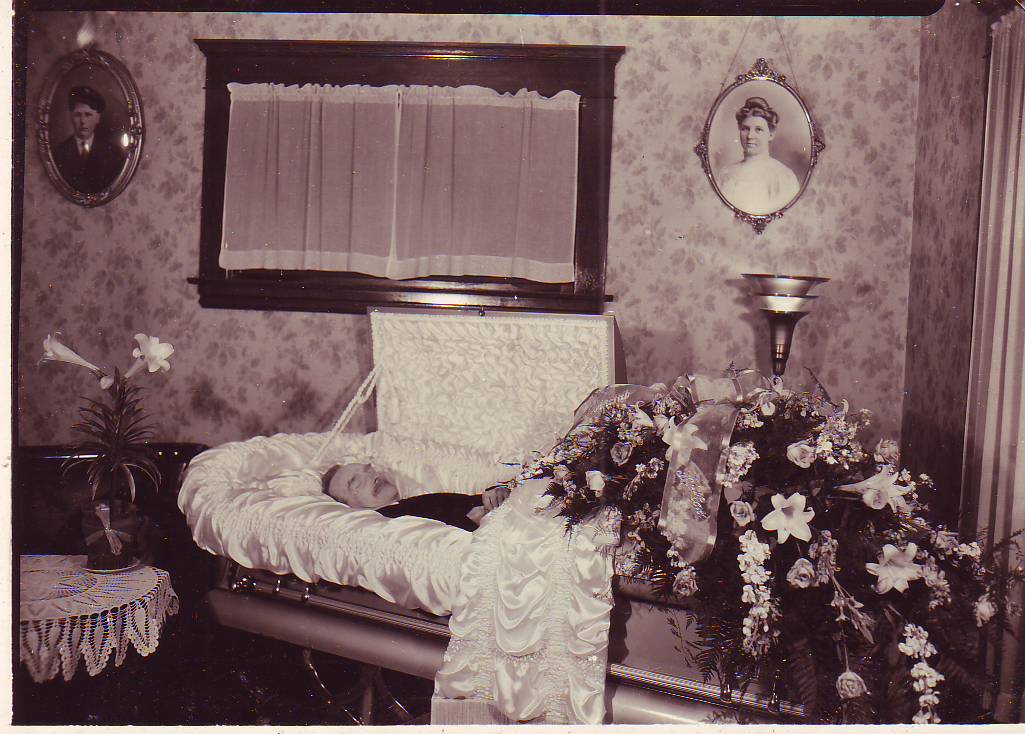Scholefield Family Tree
When examining the Arizona papers available by subscription in GenealogyBank.com‘s Historical Newspaper Collection, there are many hits for the name Scholefield. In addition, there are hits for variations of the name, amounting to over one thousand hits. Those alternates searched: Schofield, Scholfield, Sholefield, Sholfield, Shofield, also the previous as feild, Scholfleld, Scofleld, Schofleld, Scholefleld. (Yes, that is f-L-e-l-d! The papers were run through OCR software that “saw” the dot on the i, blurred and bled, as an l. There are also several other name variations that can be searched, but since there were more results than those I listed below, they can be searched if needed later.)
The papers that are available for the area extending from Phoenix south after about 1885 when the family moved to Tucson are: Tucson Daily Citizen, 10/15/1870 – 12/31/1922; Tombstone Epitaph Prospector, 5/1/1880 – 12/31/1899; Phoenix Weekly Herald, 1/2/1896 – 6/22/1899; Weekly Republican, 6/29/1899 – 3/7/1901.
![]()
Throughout the papers one will find notices that Scholefield inspected a bunch of cattle as part of his duties as cattle inspector. The Weekly Republican carried notices that G. P. Scholefield sold many strays between the years 1899-1900. It also ran a notice that G. M. Scholefield was the cattle inspector based in Tucson (the middle initial is not much of a concern because of the middle of Major which George gave to his son). On 9 Jun 1898 the Phoenix Weekly Herald stated that according to the estimate of inspector Schofield of Tucson, 20,000 would be the approximate number of cattle to be shipped from Tucson during the spring and summer.
One of the first mentions of George was in the Tombstone Epitaph Prospector on 28 Mar 1886 as a witness who could prove the residence of Frederick M. Moore, both of whom were of Total Wreck. Moore was attempting to file a pre-emption claim on his land. (Was Moore related to Clara?) The notice was published several times in accordance with the law. In the same paper on 22 Oct 1889, notice was made that Mr. Geo. P. Schofield, of the Santa Ritas, had been appointed by Frank P. Clark, U.S. Custom collector at El Paso, deputy collector of customs for the district of Paso Del Norte, with headquarters at La Noria. On 24 Jul 1890, there is mention of hail storm which had swept through Pima county, carrying away orchards and gardens and drowning stock and horses in the vicinity of Schofield’s ranch. On 13 Aug 1900 the Prescott Mourning Courier reprinted a story from the Tucson Post of 10 Aug that George Scholefield reported that a man named Gavino and his son were struck by lightning at Greaterville last Saturday. Those who currently live in Arizona will recognize these as monsoon storms which include large amounts of lighting and can drop hail as well as down trees or rip off a roof in a microburst and sweep away cars in a flash-flood. Monsoon storms still make the news every year from June through September!
On 12 Jun 1900 the Arizona Daily Citizen (later the Tucson Citizen) reported that a deed was filed in the recorders office today transferring the St. Helena ranch located in the Santa Ritas not far from Barrel Canyon from George and C. A. Scholfield and wife to Walter Vail.
On a trip to Phoenix, George P. Scholefield compared the street car system to that of his Tucson home. His comments were published in the Republican Herald on 14 Feb 1901. The one mule and one car in Tucson, he said, has a better schedule than the Phoenix system. The mule has a definite pace, and there is no danger of a grounded electrical current. The only difficulty faced by the mule is mud covering the tracks, causing detours and delays as the trail is found.
Scholefield’s political career actually began with defeat. The Arizona Daily Citizen reported on 10 Dec 1901 that he ran against Sam Barkley, who was the democratic candidate for the first ward, which was traditionally republican. Scholefield lost and Barkley’s popularity was cited as the reason. During his time on the Council, George P. Scholefield was known for his favoring annexation. He cited several reasons including the fact that those who live outside the city limits still reap the benefits of living near a city of 15,000 residents and work in the city limits. Also, they expect city fire service but are unwilling to pay the taxes that enable the service to continue. One night when there were many dogs barking outside, he threatened to move that the poundmaster be required to attend meetings of the City Council.
